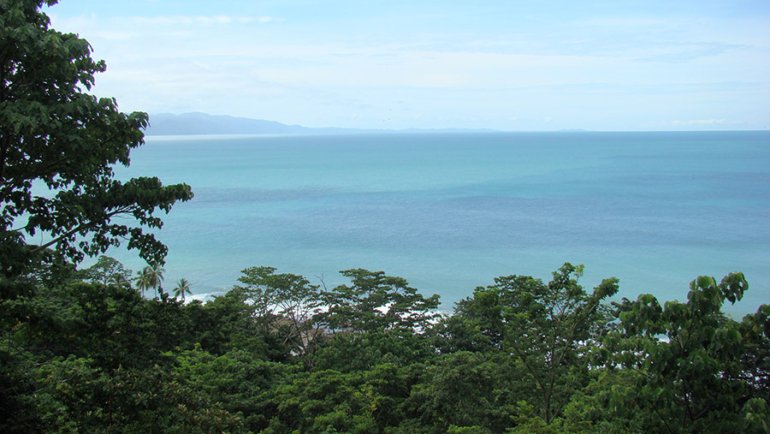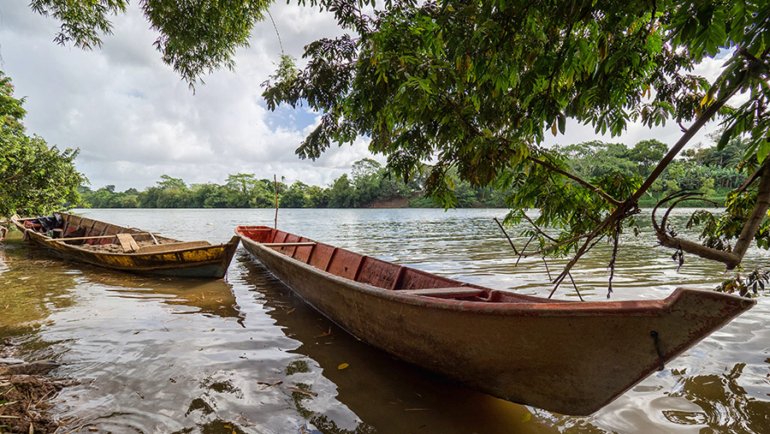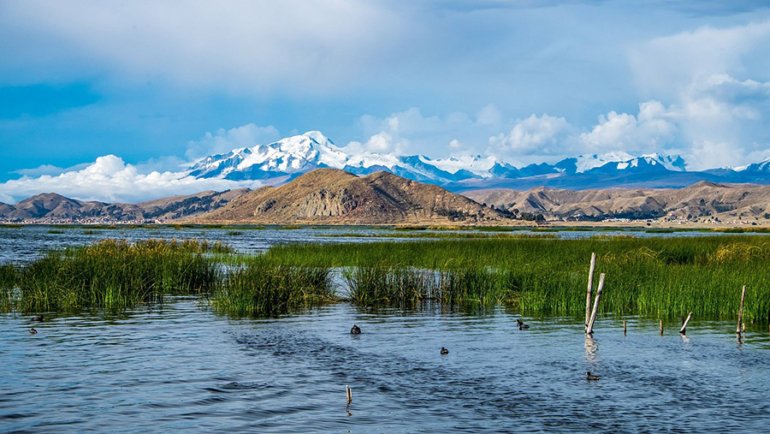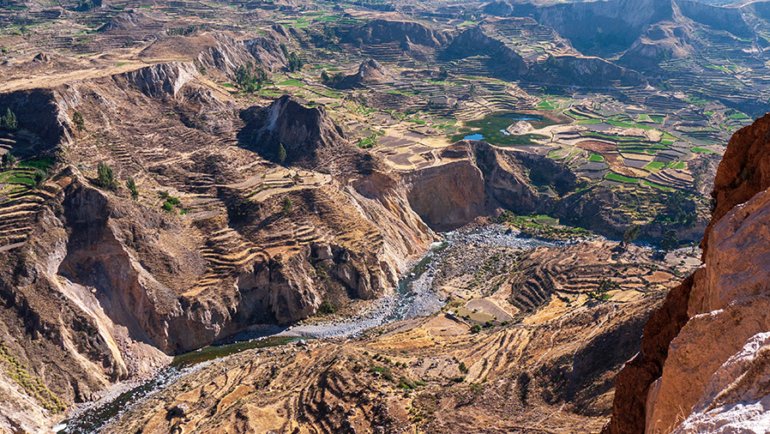Costa Rica is a place that almost everyone has on their list of places to visit. This Central American nation located between the Caribbean and Pacific coasts is endowed with wild rainforests, spectacular national parks, roaring waterfalls, and other natural wonders. However, the weather changes all year round due to the country’s two distinct seasons.
Therefore, knowing the ideal time and place to visit is essential for making the most of your tropical trip. Fortunately, this travel guide provides vital information on the best as well as the worst time to visit Costa Rica to enable you to plan an ideal travel itinerary.
The Two Main Seasons in Costa Rica
Due to its proximity to the equator, Costa Rica is categorized as a tropical country without a definite winter season. Its climate status can be roughly divided into two seasons: the dry season, also known as the high season, and the rainy season, also known as the green season. Knowing which months are dry or green seasons in the country is crucial as it will help you choose the best place and time to visit.
The Dry Season
The hottest months of the year in Costa Rica are from February to April, with March or April typically having the highest daily temperatures. April typically marks the end of the dry season.
Most Pacific Coast and the Central Mountains receive a lot of sunshine during these warmer months. In April, this beautiful area experiences morning sunshine and afternoon light rain. At the end of April, rain begins to fall in the Central Pacific (Manuel Antonio, Dominical, and Uvita), which regulates the temperatures there.
The Green Season
Although Costa Rica is frequently considered a warm country, there are a few locations where it could become a bit cold or freezing by Costa Rican standards. However, the rainy season isn’t quite as severe as one might imagine, which is why the term “green season” has gained popularity instead of “wet season” because the country’s jungles, forests, and flowers use the rainfall to blossom and turn “green.”
Heavy rain, mostly in the afternoons, and sporadic showers are likely from May to November, with September and October having the heaviest rainfall. On the other hand, there is frequently very little rain from December to April, and there may be no rain in some places. The average annual rainfall in the country is about 100 inches; however, mountainous regions can have an annual rainfall of up to 25 feet or 300 inches.
It is also essential to note that the coldest months in the country are typically from September through November, though this varies from region to region. The toughest areas are the mountains, where nighttime temperatures can fall below 50° Fahrenheit (10° Celsius).

Climate Variations in Costa Rica
Since Costa Rica is situated between the Pacific Ocean and the Caribbean Sea, different regions’ climates and typical temperatures are impacted by the difference in elevation. Therefore, different regions in the country have very different scenery and weather.
The highlands tend to be cooler, whereas the beaches tend to be warmer. The humidity increases as you travel south along the Pacific coast. The Caribbean Coast experiences a brief respite in September and October but is otherwise hot, humid, and wet all year.
For instance, due to its proximity to the Caribbean Sea, Tortuguero experiences hot and humid weather with occasional rainfall. At the same time, the central valley of San José experiences cool breezes and average temperatures of about 72° Fahrenheit (22° Celsius).
At elevations above sea level, often referred to as the lowlands, the temperature is typically approximately 79° Fahrenheit (26° Celsius), whereas, in the so-called highlands, it is typically 55° Fahrenheit (13° Celsius).
Therefore, you may consider visiting Costa Rica’s northern Pacific coast to enjoy the region’s pleasant environment if you’re looking for the country’s highest temperature. In addition to having some of the sunniest days in the country, the Gold Coast has the least amount of rainfall.
The hottest weather, however, can be found a little further south along the coast, particularly on the Nicoya peninsula’s Southeast and Northwest edges. The annual rainfall in these regions ranges from 40 to 60 inches, while temperatures can reach 100 degrees Fahrenheit (37.8 degrees Celsius) almost all year long.
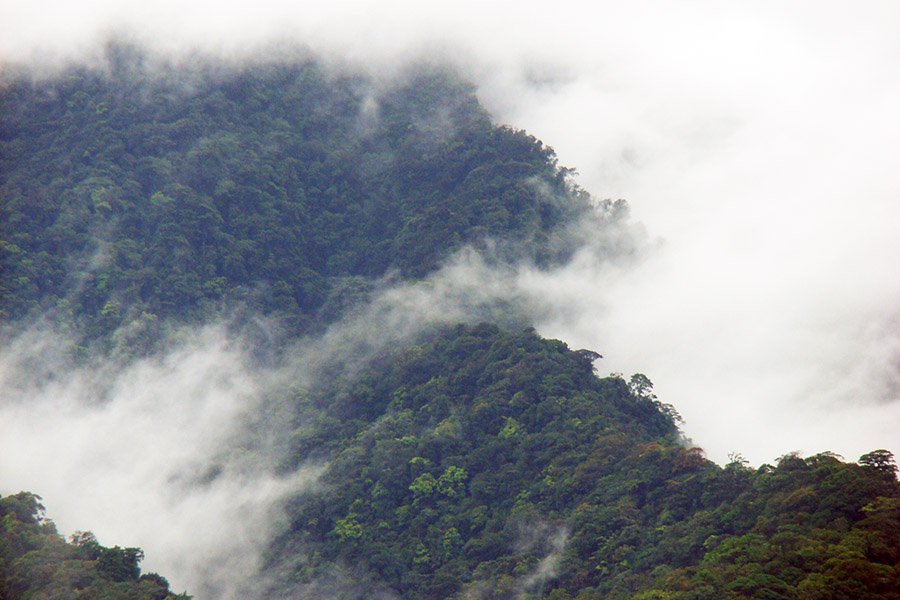
What Is The Worst Time To Visit Costa Rica?
Worst Weather
The rainy season in Costa Rica, which lasts from May to November, is usually considered the worst time to travel there since the rains frequently cause widespread flooding and mudslides, making travel activities hazardous and difficult.
Another reason the wet season is not ideal is that some of the vital attractions sites in the country, such as national parks and beaches, may be closed or their operating hours shortened due to the wet weather; hence it limits the activities and time one gets to enjoy.
Therefore, there are certain things you should keep in mind if you intend to travel to Costa Rica during the rainy season to stay secure and comfortable.
In order to keep dry and avoid getting muddy whenever possible, make sure you pack the proper clothing and footwear. Packing insect repellent is also vital because rainy weather increases mosquito infestations.
You must also be aware that some locations are susceptible to flooding and landslides. Suppose you want to travel to any isolated or rural areas. In that case, it is essential to confirm the destination’s condition with the local authorities to see if any advisories are in place.
Since heavy rain incidents can cause problems by making the ground slippery, be extremely cautious when driving during the green season, try to stick to daylight hours, and ensure you have adequate time to reach your destination.
Worst Crowds and Higher Costs
Although the dry season offers the best weather for you to take advantage of the majority of outdoor activities, it is also the busiest travel period which may also turn out to be the worst time to visit Costa Rica. Due to the high numbers of tourists present, accommodation facilities and most leisure activities/amenities are usually fully booked while the available ones are overpriced.
During February and March, tourism also booms around Easter and the start of Spring Break. Therefore, to be on the safe side, you can opt to visit at the end of January or the start of February to avoid such inconveniences while still enjoying the great weather. You should also plan ahead when booking accommodation facilities and activities to get a fair deal before the prices hike.
When To Go Instead (Best Time To Visit Costa Rica)
There are three key factors to consider when deciding the best time to visit: the weather, the crowds, and the cost.
The ideal weather means there will be large crowds, resulting in higher costs of tours, accommodation, and flights. Less favorable weather means fewer crowds hence cheaper costs. In light of this, the ideal season to visit Costa Rica truly depends on which of these three considerations is most important to you.
No matter what time you decide to visit Costa Rica, it’s always a good idea to find the best flight path with a tool like Flight Routes. This way, you can plan well in advance, and find the best, and shortest route to get there.
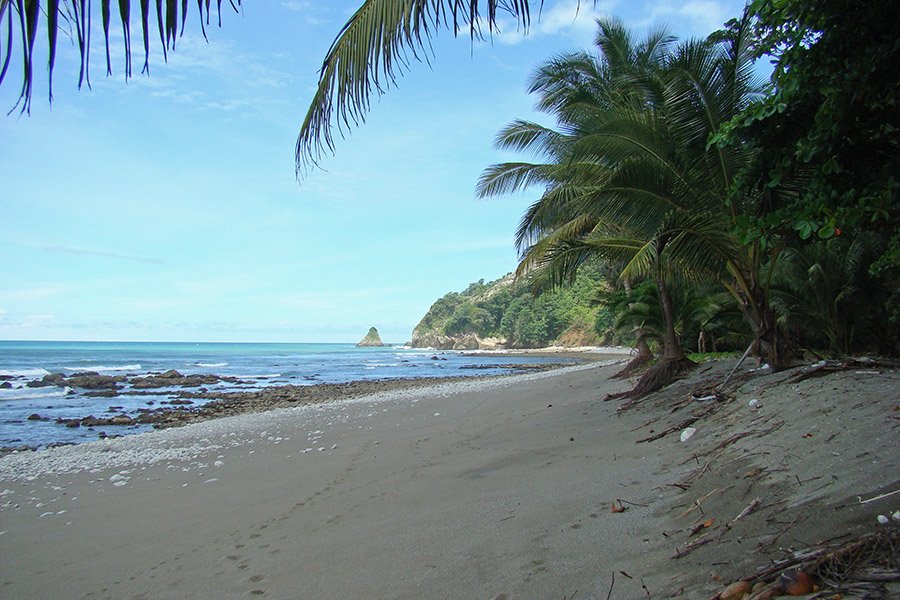
Best Weather
If you want to enjoy your vacation in the ideal weather, then December and January are the best time to visit Costa Rica. These first few months of the dry season are particularly pleasant since the weather condition is warm and the skies are clear.
In the tropical dry forests, the beginning of the dry season will still have plenty of green scenery to display. The beautiful flowering trees that flourish during this period, such as the Corteza Amarilla, which exhibits an amazing blaze of yellow blossoms under the scorching sun, will stand out among the dried leaves.
Nature and wildlife enthusiasts should also consider visiting during the dry season. It is the perfect time to explore Costa Rica’s magnificent rainforests, view the wild animals in their natural habitat, and relax on the sandy beaches. Travelers at this time of year will also find lively fiestas and festivals happening all around the nation, complete with bullfights, dancing, and live music.
Smaller Crowds and Costs
However, if you prefer enjoying your vacation/trip when there are fewer crowds, then the ideal time of year to visit Costa Rica is either May or November. Since these months fall between peak seasons, there are fewer visitors and lower accommodation prices. Rainfall is a possibility, especially around the beginning of November, but light rain showers, are enjoyable, especially while swimming in waterfalls.
Flying is significantly more affordable from May to November than during the dry season since the demand is way lower. This time of year is also a great time to visit the country because of what we refer to as “the glorious awakening of nature.” Similar to the beautiful green scenery you see when spring finally arrives after a long winter, everything appears to come to life during the green season.
Traveling during the rainy season also presents a chance to witness the thousands of turtles that come to deposit their eggs on the sandy beaches of Costa Rica. The Ostional Wildlife Refuge in the Guanacaste Province of Nicoya Peninsula is among the best locations to witness this phenomenon. The wet season is also an ideal time to spot humpback whales in the Osa Peninsula.
Last Thoughts
The country is, without a doubt, among the best Central American countries to visit. It is also clear that there is no specific worst time to visit Costa Rica since its diversity in terms of seasons and climatic conditions presents unique, attractive features and activities to satisfy the needs of different types of tourists.
